

Why are Apple's chips faster than Qualcomm's? - Gary explains
source link: http://www.androidauthority.com/why-are-apples-chips-faster-than-qualcomms-gary-explains-802738/
Go to the source link to view the article. You can view the picture content, updated content and better typesetting reading experience. If the link is broken, please click the button below to view the snapshot at that time.
Why are Apple's chips faster than Qualcomm's? - Gary explains
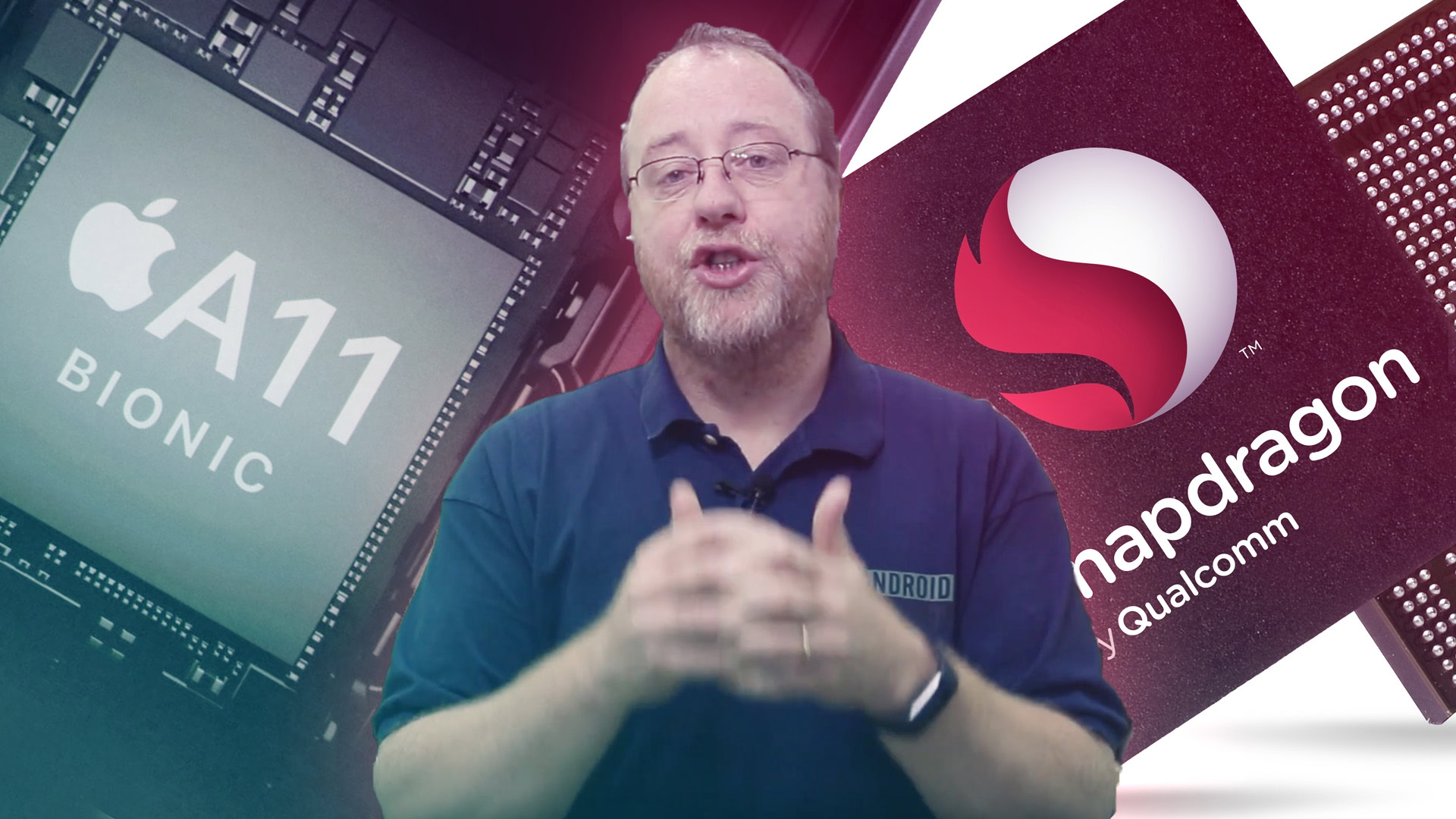
Generally whenever Apple announces a new iPhone it also announces a new System-on-a-Chip, and this year was no different. The newly launched iPhone 8, iPhone 8 Plus and the iPhone X all use Apple’s in-house A11 Bionic processor. Inevitably, comparisons are made between Apple’s latest SoC and the latest offerings from Qualcomm, Samsung and Huawei. It doesn’t usually take long for benchmarking numbers to appear and for Apple to be declared the winner.
So, why is it that Apple’s SoCs always seem to beat the competition? Why are the processors used by Android seemingly so far behind? Are Apple’s chips really that good? Well, let me explain.
Apple A11 Bionic
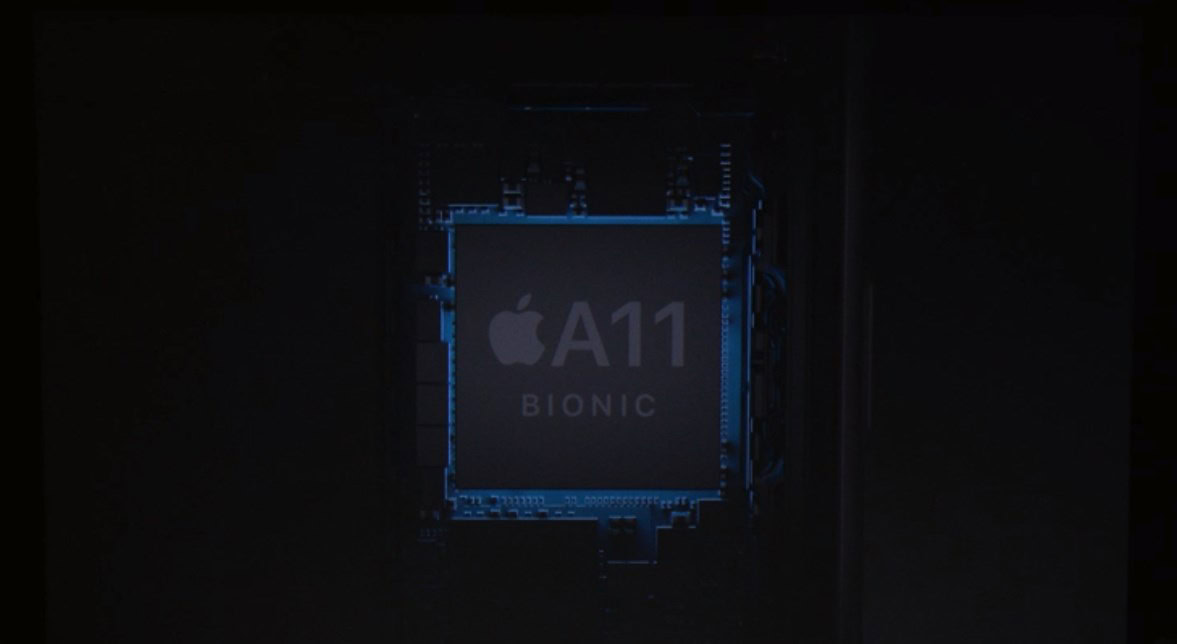
Apple designs processors that use ARM’s 64-bit instruction architecture. That means that Apple’s chips use the same underlying RISC architecture as Qualcomm, Samsung, Huawei and others. The difference is that Apple holds an architectural license with ARM, which allows it to design its own chips from scratch. Apple’s first in-house 64-bit ARM processor was the Apple A7 which was used in the iPhone 5S. It had a dual-core CPU, clocked at 1.4 GHz and a quad-core PowerVR G6430 GPU.
Fast forward four years and Apple’s latest offering, the A11, has a hexa-core CPU, using Heterogeneous Multi-Processing (HMP) and an in-house GPU (after Apple decided to stop using Imagination’s GPU).
The six CPU cores are made up of two high-performance cores (codenamed Monsoon), and four energy-efficient cores (codenamed Mistral). Unlike the Apple A10, which also had a cluster of high performance cores and a cluster of energy-efficient cores, the A11 is able to use all six cores simultaneously.
Apple claims that the the two high-performance cores are 25 percent faster than the cores in the A10, while the four high-efficiency cores are up to 70 percent faster than the energy-efficient cores in its predecessor. The A11 is manufactured by TSMC on the 10 nm processing node and the chip contains 4.3 billion transistors. The die size is 89.23 mm2 in size, which is 30 percent smaller than the A10.
According to our own internal testing using an iPhone 8 Plus, the device scores 4260 on Geekbench’s single-core test and 10221 on the multi-core test.
Comparison
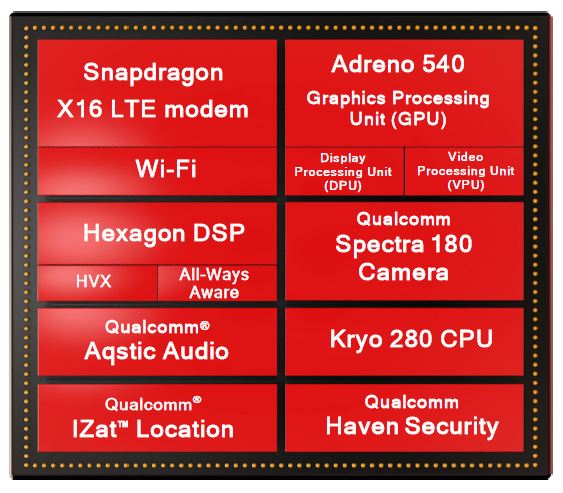
But what does all that mean? Here is an overview of how the Apple A11 compares to the Apple A10 and also to the Qualcomm Snapdragon 835:
| A11 Bionic | A10 Fusion | Snapdragon 835 | |
|---|---|---|---|
Process Technology | |||
64Bit Hexa-core, 2x Monsoon + 4x Mistral | 64Bit Quad-core, 2x Hurricane 2.34 GHz + 2x Zephyr | 64Bit Octa-core, 4x 2.45GHz Kryo 280 + 4x 1.9GHz Kryo 280 | |
Core scheduling | Per core | Per cluster | Per core |
3 core | 6 core | Adreno 540 | |
RAM type | LPDDR4 | LPDDR4 | LPDDR4 @ 1866MHz |
Geekbench single-core | |||
Geekbench multi-core | 10221 |
In short, the Apple A11 is using the same manufacturing process as the Snapdragon 835. The A11 is a hexa-core CPU, while the 835 is an octa-core chipset. The A11 Bionic can now do per-core process scheduling, something the 835 can also do, but the A10 couldn’t. Despite the similar specs, the single core Geekbench score of the A11 is double that of the Snapdragon 835.
On paper, the multi-core result of the hexa-core A11 is 50 percent faster than the octa-core Snapdragon 835. As I mentioned above though, Geekbench doesn’t test other parts of the SoC. Things like the DSP, the ISP and any AI-related functions will influence the day-to-day experience of any devices using these processors. However, when it comes to raw CPU speed, the A11 is the clear winner.
This can be a bit hard for Android fans to stomach. So what is the reason? First we need a bit of a history lesson.
Timeline
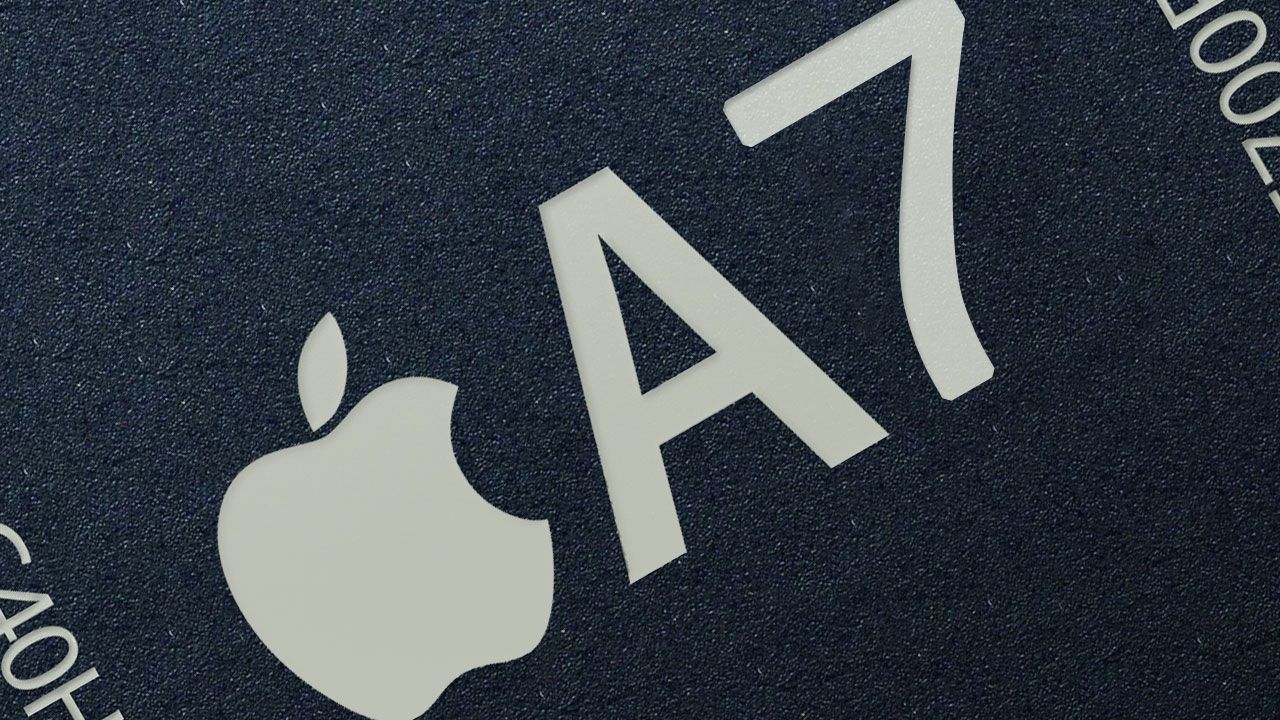
It is fair to say that Apple caught Qualcomm sleeping when it announced the 64-bit A7 back in 2013. Until that point, Apple and Qualcomm had both been shipping 32-bit ARMv7 processors for use in mobile devices. Qualcomm was leading the field with its 32-bit Snapdragon 800 SoC. It used an in-house Krait 400 core along with the Adreno 330 GPU. Life was good for Qualcomm.
When Apple suddenly announced a 64-bit ARMv8 CP, Qualcomm had nothing. At the time one of its execs called the 64-bit A7 a “marketing gimmick”, but it didn’t take long for Qualcomm to come up with a 64-bit strategy of its own.
In April 2014, Qualcomm launched the Snapdragon 810 with four Cortex-A57 cores and four Cortex-A53 cores. The “Cortex” range of cores come directly from ARM, the custodians of the ARM architecture. But in that same year, Apple announced the A8, its second generation in-house 64-bit CPU. It wasn’t until March 2015 that Qualcomm was able to announce its first generation in-house 64-bit CPU, the Snapdragon 820, with its custom Kryo CPU core.
In September of the same year, Apple released the iPhone 6S using the A9 processor, Apple’s third generation 64-bit in-house CPU. Suddenly Qualcomm was two generations behind Apple.
In 2016, Qualcomm’s offering was from ARM again, but it had a twist. ARM created a new licensing program which allowed its most trusted partners early access to its latest CPU designs and even some measure of customization. The result was the Kryo 280 CPU core. According to the spec sheet, the Snapdragon 835 uses eight Kryo 280 cores, however it is generally accepted that it has four Cortex-A73 cores (with tweaks) plus four Cortex-A53 cores (with tweaks). For the Snapdragon 835, Qualcomm moved the announcement from spring to winter meaning the 835 was announced after the Apple A10 and the iPhone 7.
Then came the A11, Apple’s fourth generation in-house 64-bit CPU. Qualcomm hasn’t yet announced its flagship processor for 2018, but if it follows recent form then it will announce its new offering towards the end of this year.
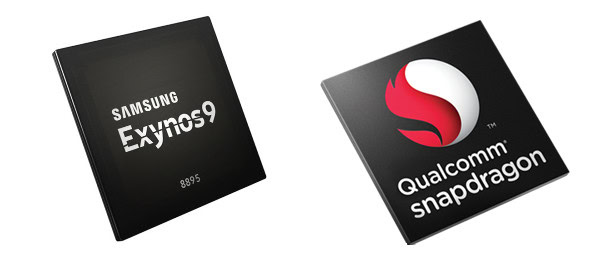
What is different about Apple’s CPU cores?
There are several key things to recognize about Apple’s CPU cores.
First, Apple had a head-start over just about everyone when it comes to 64-bit ARM based CPUs. Although ARM itself announced the Cortex-A57 back in October 2012, the proposed timeline was that ARM’s partners would ship the first processors during 2014. But Apple had a 64-bit ARM CPU in devices during 2013. The company has since managed to capitalize on that early lead and has produced a new CPU core design every year.
Second, Apple’s SoC efforts are tightly coupled to its handset releases. Designing a high performance mobile CPU is hard. It is hard for Apple; for ARM; for Qualcomm; for everyone. Because it is hard, it takes a long time. The Cortex-A57 was announced in October 2012, but it didn’t appear in a smartphone until April 2014. That is a long lead time. That lead time is changing.
For example: the Kirin 960 in the Huawei Mate 9 was released just 8 months after the ARM Mali-G71 GPU was delivered to Huawei. There is an argument that since Apple does everything in-house, then that tight coupling allows it to shave a few precious weeks off the development cycle.
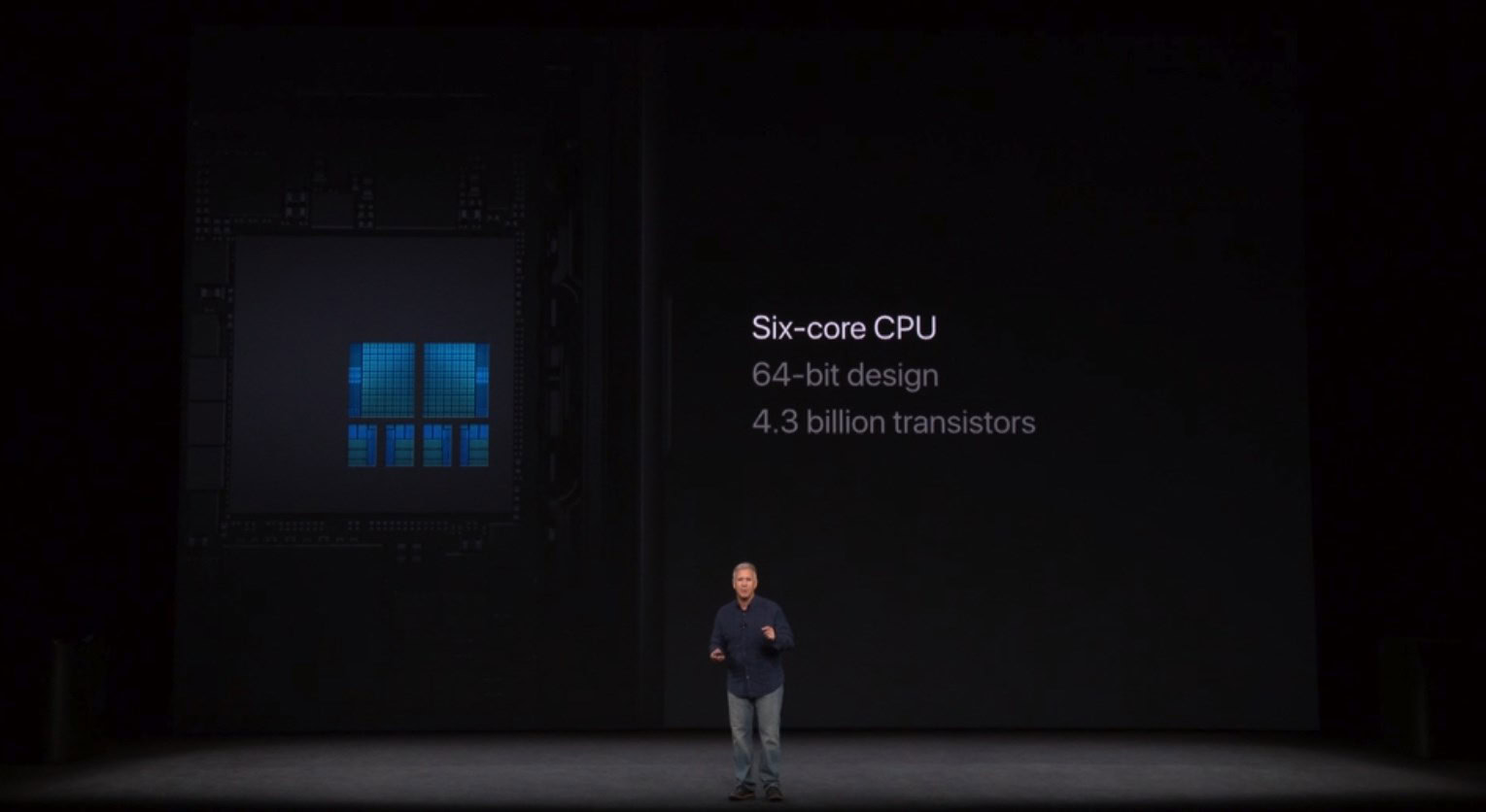
Third, Apple’s CPUs are big and in this game, big means expensive. According to a 2016 report by the Linley Group, the Hurricane cores in the Apple A10 are “about twice the size of other high-end mobile CPUs”. Even the smaller Zephyr cores are much larger than their low-power counterparts, “nearly twice as large as Cortex-A53.” The key here is that Apple sells smartphones, not chips. As a result, it can afford to make the SoCs more expensive and recoup the money in other places, including the final retail price.
ARM and Qualcomm, however, are in the chip selling business. ARM does the CPU core design for Qualcomm (and others like MediaTek) and Qualcomm designs the chips, which it in turn sells to handset makers like Samsung, Sony, LG, etc. ARM needs to make a profit. Qualcomm needs to make a profit. All the OEMs need to make profits. The practical result is that Qualcomm can’t afford to make overly expensive processors or OEMs will start looking elsewhere.
Fourth, Apple’s CPUs have big caches. Silicon costs money and for some chip makers their profit margin can be found in just 0.5 mm2 of silicon saved. Like the third point above, Apple is able make bigger chips (in terms of silicon costs) and that includes large caches.
Before the Cortex-A75, none of ARM’s Cortex processors supported L3 caches. But Apple has been using big L3 caches since the A7. The Apple A7 and the A8 had 1 MB L2 caches and 4 MB L3 caches. The A9 and the A10 had a 3 MB L2 cache and 4 MB L3 cache, that is 7 MB of cache altogether. According to Geekbench the A11 has 8 MB of L2 cache and no L3 cache. While the Cortex-A75 now supports L3 caching, also up to 4 MB, and 4 MB of L2 cache (0.5 MB per core), it is up to chip makers like Qualcomm to decide how much cache they want to include. If you want more information about caches in general please see: what is cache memory – Gary explains.
Fifth, and finally, Apple’s plan of making processors with wide pipelines at (initially) lower clock speeds has come to fruition. In very broad terms, SoC makers can either make a CPU core with a narrow pipe, but run that pipe at high clock frequencies; or use a wider pipe, but at lower clock speeds. Like a real world water pipe, you can either pump water at high pressure through a narrower pipe or at lower pressure through a wider pipe. In both cases you can theoretically achieve the same throughput. ARM falls squarely in the narrow pipeline camp, while Apple is in the wider pipeline camp. The Cortex-A75 can be clocked at a max frequency of 3 GHz on 10 nm, where as the Apple A10 is clocked at 2.34 GHz. We are still waiting to find out the clock speed of the A11.
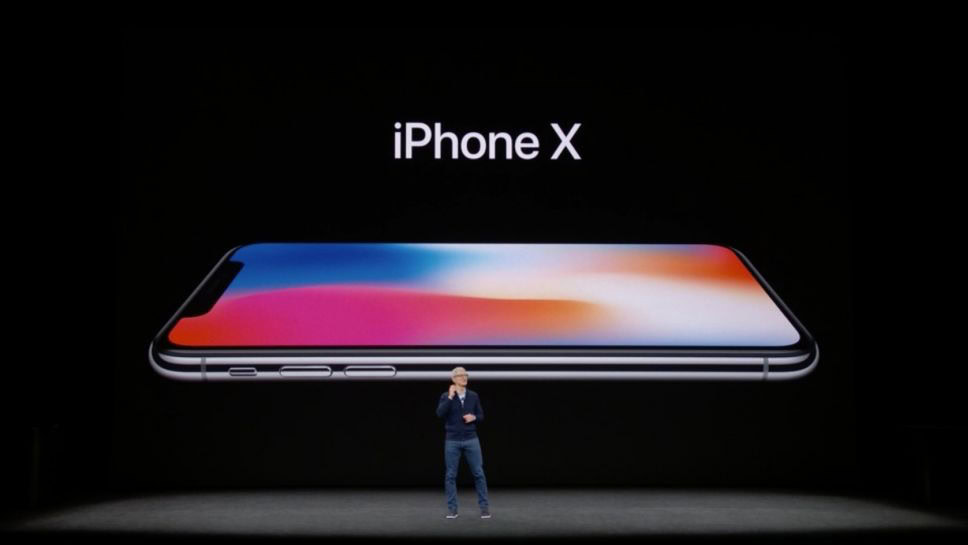
Wrap-up
There is no denying that Apple has a world class CPU design team that has consistently produced the best SoCs in the world over the last few years. Apple’s success isn’t magic. It is a result of excellent engineering, a good lead time over its competitors, and the luxury of making SoCs with lots of silicon for one or two products at a time.
I predict that we won’t see a SoC from Qualcomm, Samsung or Huawei that can beat Apple’s latest SoC, in terms of raw CPU power unless one of the following happens:
- Apple stumbles and produces a “bad” SoC. This means it will lose its lead against the other OEMs.
- One of the leading chip makers decides to build an expensive CPU with a large surface area and lots of silicon dedicated to things like cache etc.
One more thing
It isn’t fair to close here. I have concentrated squarely on the CPU performance as measured by Geekbench. However a SoC isn’t just a CPU. There is also the GPU, the DSP, the ISP and so on. These components in the A11 are also impressive but so is the GPU, DSP, and ISP in the Snapdragon 835. Ultimately it comes down to user experience, does the iPhone 8 using the A11 offer a good user experience? Yes. Does the S8 or the Note 8 using the Snapdragon 835 make for a good user experience? Yes.
But here is the key, our expectations of user experience are changing. The A11 contains a “Neural Engine” which is used for features like “Face ID”. The upcoming Kirin 970 also contains a dedicated Neural Processing Unit (NPU) that can perform tasks like image recognition 20 times faster than a CPU. Also, earlier this year Qualcomm announced that it will no longer refer to its chips as processors, but as platforms. While that might seem like semantics, it is part of a general move away from CPU-centric SoCs, toward a more holistic view, which now includes neural processing.
What this means is that now is the time for Qualcomm, Samsung, Huawei, and ARM to redefine the traditional SoC and implement new features like neural processing. If they can do that better than Apple, then there is a chance that they will gain the upper hand in years to come.
Recommend
About Joyk
Aggregate valuable and interesting links.
Joyk means Joy of geeK